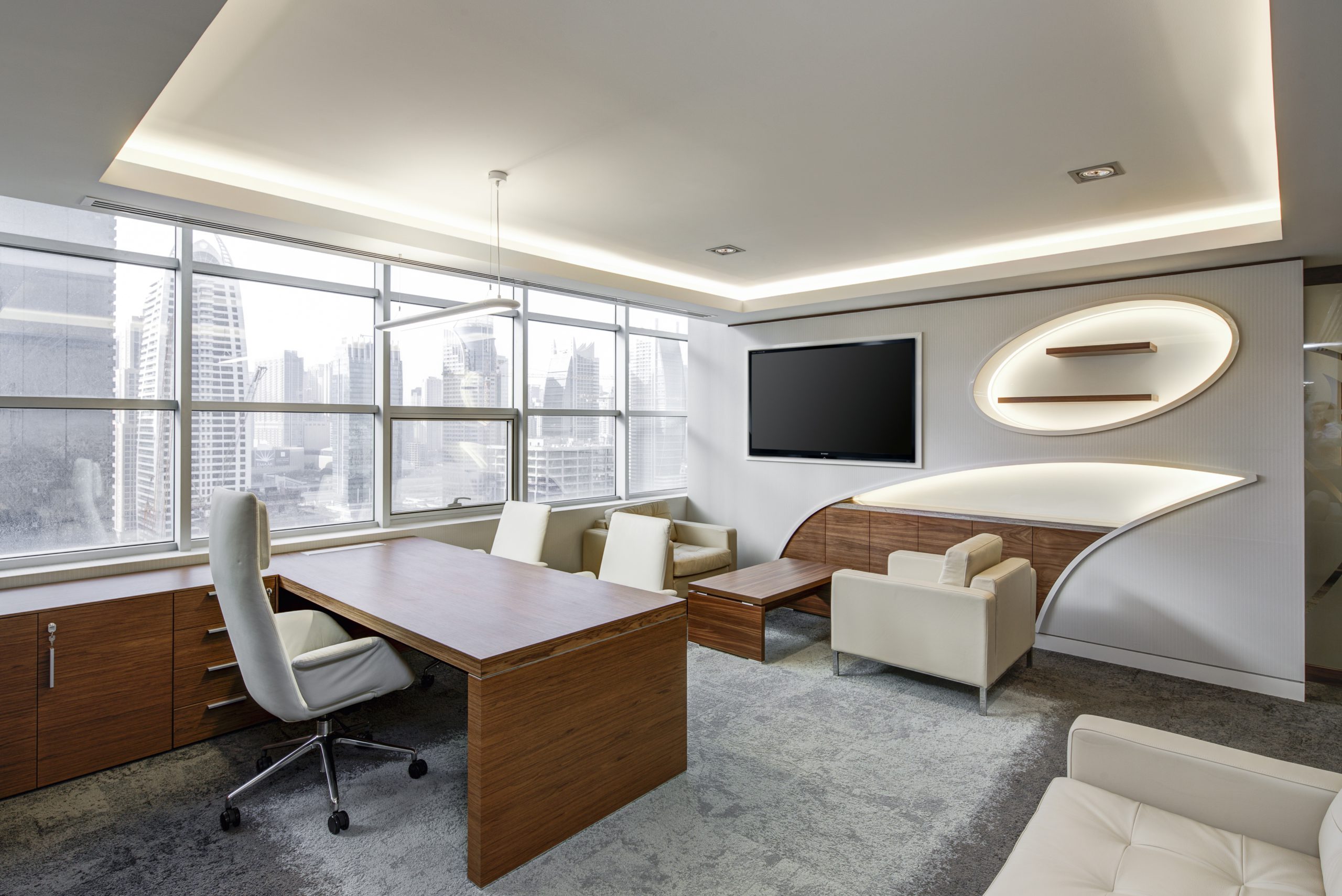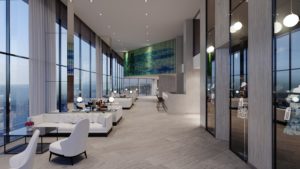A Closer Look At Workplace Design In Melbourne

Workplace design in Melbourne is changing drastically, with the top 2023 workplace designs and next office fitouts focusing on the latest design trends. Companies are looking for an effective design strategy for their office space that will benefit both employees and businesses alike. Taking a closer look at workplace design in Melbourne reveals new workspaces that promote collaboration and productivity, creating a pleasant work environment conducive to employee development. The latest trends focus on providing offices with comfortable workspaces, encouraging creativity and collaboration while also providing businesses with cost-effective solutions.
Workplace design in Melbourne is an important factor for businesses to consider when looking to improve their workplace culture and maximize returns on investment. Utilizing a workplace design partner can be incredibly beneficial, as they can provide expert advice on office design and development, as well as a detailed workplace strategy. This will ensure that the business’s needs are considered carefully before committing to any kind of next office fitout or re-design. It is also worth noting that while there may be potential benefits from investing in new workspaces, careful consideration should be given to whether such investments would benefit the company’s work.
Melbourne has seen a surge in companies investing in smart workplace design, with the idea that it will create an improved work environment for employees. It is thought this can have a happy side effect of drawing in quality candidates and also creating positive effects on productivity. The focus for many offices appears to be on creating strong connections between nature, work, and the office environment. This is one of the major trends that we are seeing in Melbourne’s workplaces.
Various biophilic design elements are being incorporated into office spaces to create an environment that is more natural and inviting. These features often include elements of nature such as water features, natural light, and plants. We are also seeing hospitals embrace biophilic design by incorporating natural elements like wood and stone into their built environment.

One of the most successful examples of this is the Hayball work done for School Dandenong and Dandenong High. The firm Hayball used natural materials such as timber, stone, and glass to create a dynamic environment that was both contextualized to the architecture of Melbourne and modern in its design. It is also notable that Hayball’s work was able to transform a traditional school into an inviting office environment with glass doors that open up onto lush gardens. This biophilic design approach has been embraced by many Australian architecture firms who are looking for ways to make their designs more sustainable and environmentally friendly.
One of the firm’s winning projects is Wardle Architects in Melbourne. This firm is known for its Hayball Philosophy, which focuses on the design process and how it can be used to create a unique work environment. The philosophy also emphasizes sustainability, practicality, and value creation through design. The Victoria Docklands project was developed in collaboration with another Australian firm Hayball, which has expertise in interior design. This project aimed to create a modern office space that reflected the vision of both firms; focusing on using natural materials such as timber and plants to bring nature into the workplace. This allowed employees to enjoy their work environment while having access to natural light, green spaces, and fresh air. They have helped to create a more cost-effective solution for the workplace by using an open office design. This reduces the need for expensive equipment and office supplies. It also allows workers to share printers, which helps to reduce overall costs and expenses associated with equipment. Additionally, temperature control is easier in an open space as opposed to many walls separating offices.
As an example, their mobile office furniture can be easily moved to fit any size space and reconfigured as needed. This open office interior design also allows for more collaboration, which is a major trend in workplace design today. Open-plan offices are becoming more popular in Melbourne, with many companies choosing to adopt this useful design trend. The ABW (Activity-Based Working) environment is also gaining traction in Melbourne offices as a way of encouraging creativity and collaboration among employees while still providing an open environment that allows them to work without feeling cramped or distracted. The idea behind an ABW office is that it encourages people to move around the workspace, which can help them stay focused on their tasks and increase productivity. The ABW environment also promotes different types of activities within the same space – allowing employees to switch between tasks easily without having to leave their desks or move furniture around the room.
With the right workplace design strategy, companies in Melbourne can not only create an environment that communicates its culture and personality but also provide a space that allows employees to be productive and comfortable while they work. Workplace design is an extensive evidence-based process that involves looking at numerous factors such as ergonomics, air quality, lighting, temperature control, and acoustics. It also involves creating visual shorthand for employees to understand their workspace – like adding color or logos to furniture pieces or walls. Ultimately, workplace design in Melbourne should be thought of as another tool in the company’s toolbox – one that can help shape how employees perceive the company’s values and culture. By creating an environment where people feel like they belong – just like putting on a glove – companies can ensure their employees are happy and productive while working in their workspace.


